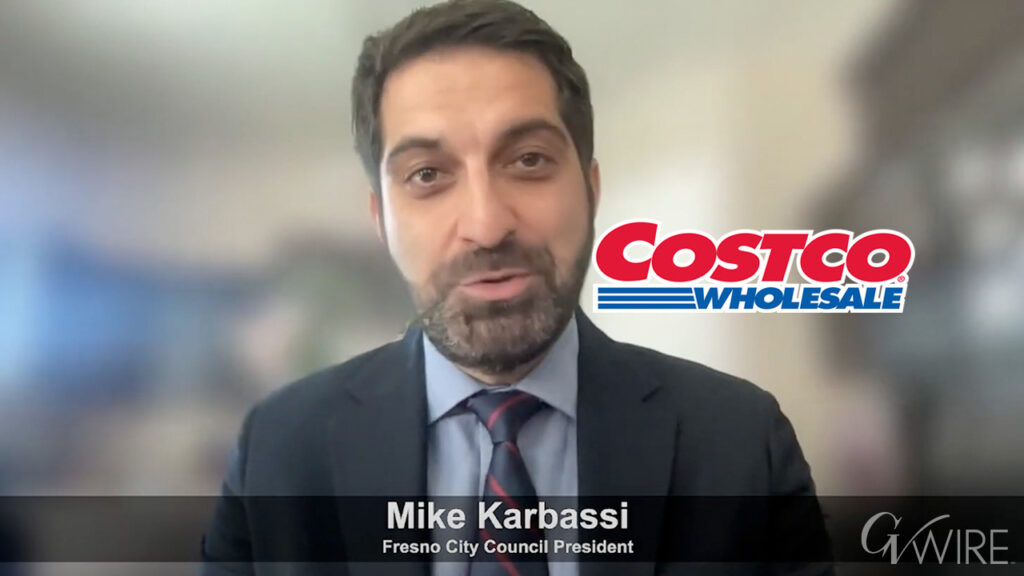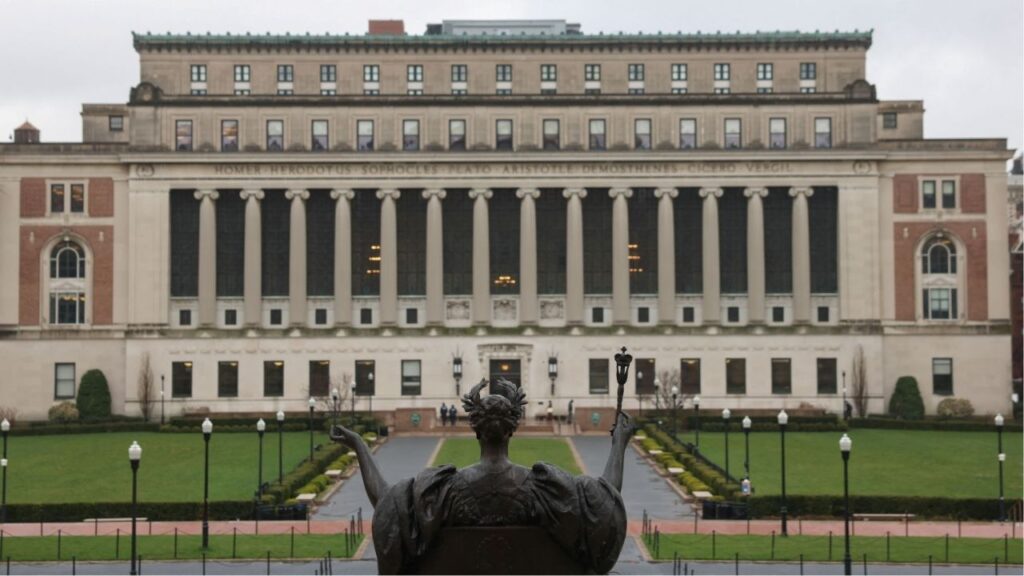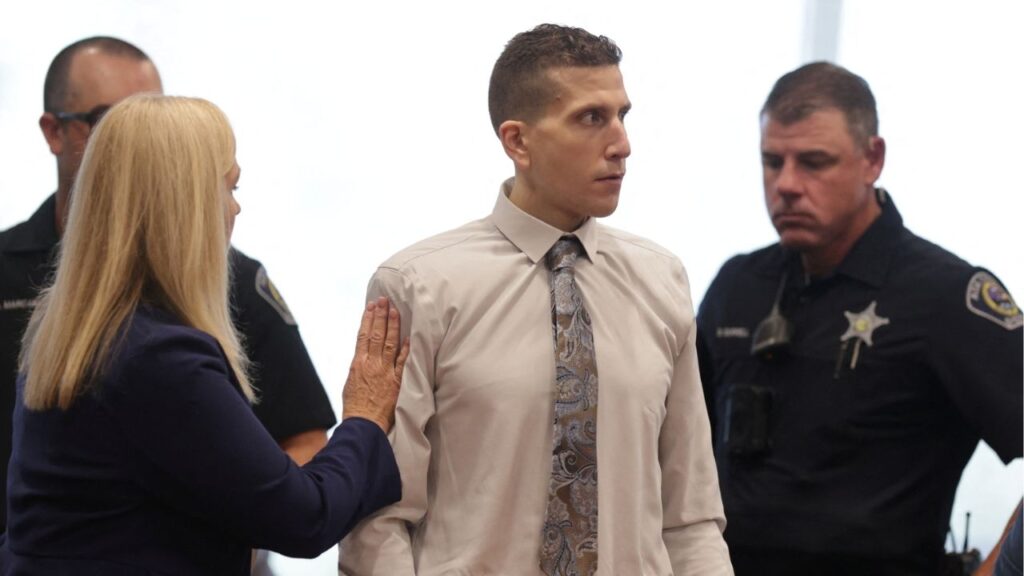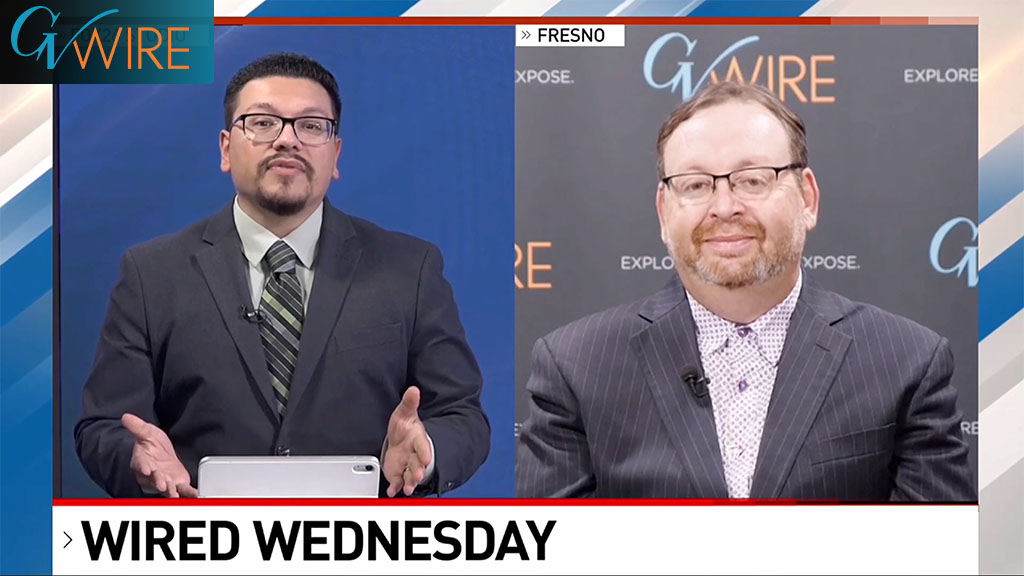Share
One-quarter of homeless people in the U.S. live in California, despite Californians making up only 12 percent of the population.

News Analysis
Margot Kushel
Visitors to the West Coast may be shocked to find the tents that line cities from San Diego to Seattle. Like a modern-day “Grapes of Wrath,” the tents are a stark reminder of the suffering of the thousands living outside, homeless.
What’s to blame for such high numbers of unsheltered homeless on the West Coast? The reason isn’t drug use, mental health problems or weather. Rather, it is due to the extreme shortage of affordable housing.
Life Unsheltered
As a physician and researcher who provides medical care for people experiencing homelessness, I have seen firsthand how devastating homelessness is to health.
Being unsheltered is terrifying, humiliating and isolating. People living without shelter lack access to toileting facilities, sinks and showers. They have no way to store or prepare food and no protection from the elements. Hunger is common.
Sleeping in makeshift beds or on the ground, they get little sleep. They must contend with having their possessions stolen. They face frequent forced moves, which disrupt relationships and make it difficult for family, friends or service providers to find them.
People who are unsheltered are at high risk of physical and sexual abuse. If they struggle with substance use disorders, their use of drugs and alcohol occurs in public, leaving them open to arrest. There are no places to refrigerate or store medicines, no place to receive mailed appointment reminders or a visit from a visiting nurse, no place to dress a wound or plug-in medical equipment like oxygen. Without access to hygiene facilities, they are at high risk for communicable diseases like hepatitis A.
Unaffordable Housing
Some assume that homelessness is so common on the West Coast because people move here when they become homeless, but data do not support this. Most people experience homelessness close to where they lost their housing. My team’s research in Oakland found that 81 percent of older adults who are homeless became homeless in the Bay Area. Only 10 percent had lost their housing outside of California.
Instead, the high rate of homelessness can be attributed to the lack of affordable housing in these regions. The West Coast suffers from rising costs of rental housing, stagnant incomes for low-wage workers and a decline in federal support for affordable housing. For example, California has gained 900,000 renter households since 2005, but lost $1.7 billion in state and federal funding for affordable housing.
Extremely low-income households – defined as those with income less than 30 percent of the area median income – are at the highest risk of homelessness. Nationally, there are only 35 units available for every 100 extremely low-income households.
In the West, these shortages are more severe: Nevada has 15 units available for every 100 extremely low-income households; California has 21.
In 2017, for the first time in 13 years, Los Angeles opened its wait list for housing choice vouchers. These vouchers allow households to pay 30 percent of their income in rent, with the rest paid by the government. There were 600,000 applicants for just 20,000 spots on the list, highlighting the enormous unmet need.
Who Pays For Homeless Services
Why are people on the West Coast so much more likely to be unsheltered than homeless people in other parts of the country? It reflects differing government priorities .
New York City, where there is a legal right to shelter, spends approximately $17,000 per homeless person per year on homeless services. Massachusetts spends approximately $14,000 per year. Los Angeles, by contrast, spends approximately $5,000.
With enormous numbers of people living outside, West Coast cities are scrambling for solutions. Some cities, like Seattle, have created sanctioned homeless encampments, bringing hygiene facilities and other services. However, the U.S. Interagency Council on Homeless cautions that this approach is costly and doesn’t provide a solution to homelessness.
Other cities are following San Francisco’s example and creating navigation centers, homeless shelters with added services. Unlike typical shelters, these centers allow people to come in groups, bring pets and belongings and stay all day.
Many areas have passed tax increases to fund new housing and services. These efforts show modest success but continue to struggle against the unfavorable housing conditions that lead people to become homeless in the first place.
So where can we go from here? There are solutions to homelessness, but, in my view, these will not succeed without solving the affordable housing crisis that is the underlying cause of homelessness.
For people who are chronically homeless and have disabling conditions, permanent supportive housing is highly effective. This type of subsidized housing offers supportive services, without the requirement that people be sober or engaged in medical care. Studies show that expanding permanent supportive housing has reduced the number of people experiencing homelessness in many parts of the country.
![]() The success of permanent supportive housing has been overshadowed by increases in people becoming newly homeless due to the lack of affordable housing. In my view, preventing and ending homelessness will require a commitment to creating housing that is affordable to all.
The success of permanent supportive housing has been overshadowed by increases in people becoming newly homeless due to the lack of affordable housing. In my view, preventing and ending homelessness will require a commitment to creating housing that is affordable to all.
Margot Kushel, Professor of Medicine, University of California, San Francisco
Disclosure: Kushel receives funding from The National Institutes of Health. She is on the Leadership Board of Everyone Home.
This article was originally published on The Conversation. Read the original article.
Justice Department to Assess Claims of ‘Alleged Weaponization’ of US Intelligence Community
9 hours ago
White House Not Denying That Trump’s Name Appears in Epstein Files, Official Says
11 hours ago
White House Taps Mining Expert to Head National Security Office, Sources Say
11 hours ago
Karbassi Fears Costco Could Move to Madera After Fresno Project Halted by Court
12 hours ago
White House Says WSJ Report on Trump Being Told Name in Epstein Files “Fake News”
13 hours ago
Visalia Police Arrest DUI Driver on Probation After Early Morning Chase
13 hours ago
Clovis Police to Hold DUI Checkpoint on Friday
13 hours ago
Bryan Kohberger Sentenced to Life for Idaho Killings, Declines to Make Statement
13 hours ago
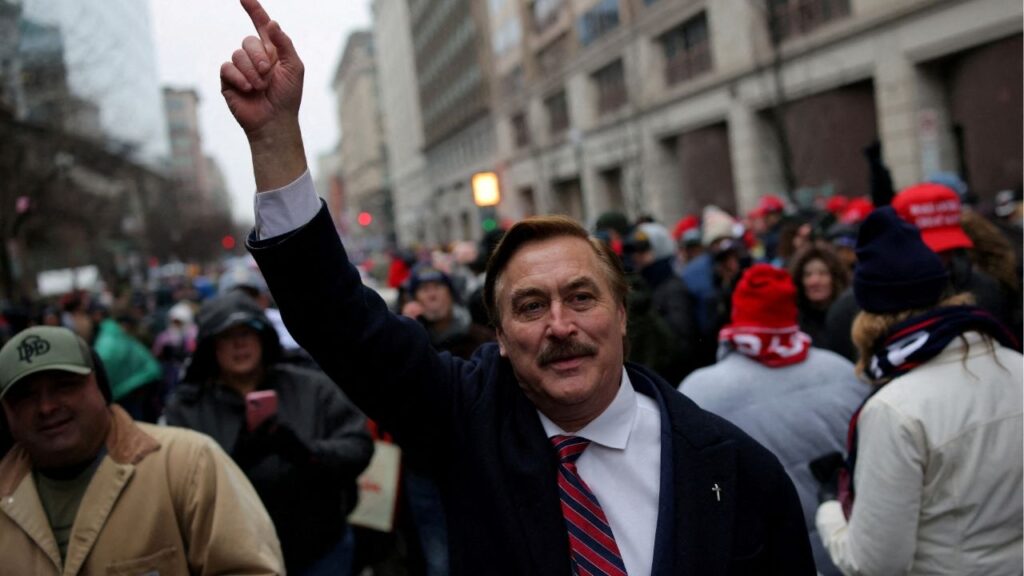
Trump Ally Lindell Wins Appeal in Lawsuit Over $5 Million 2020 Election Contest

Justice Department to Assess Claims of ‘Alleged Weaponization’ of US Intelligence Community

White House Not Denying That Trump’s Name Appears in Epstein Files, Official Says
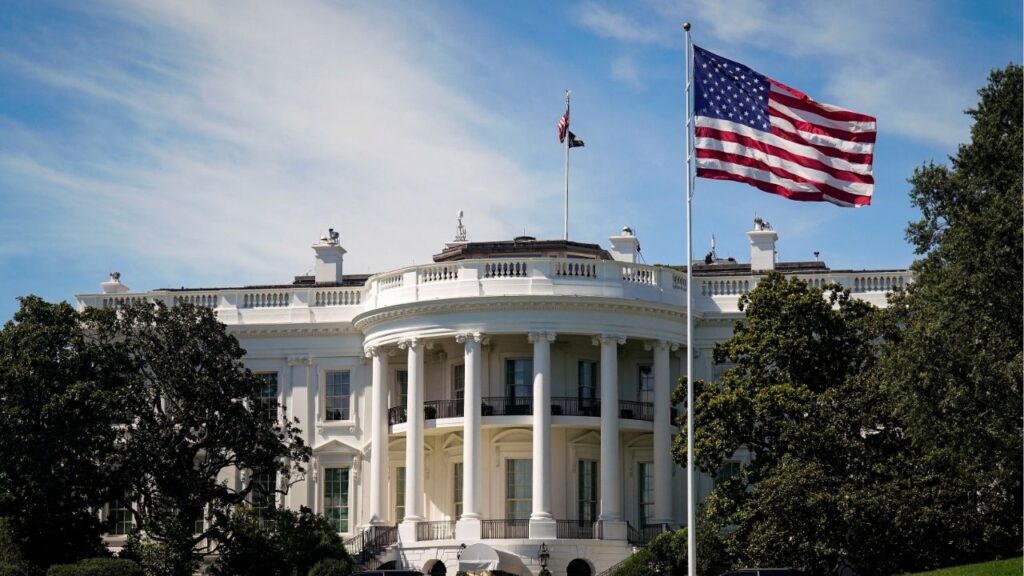
White House Taps Mining Expert to Head National Security Office, Sources Say
